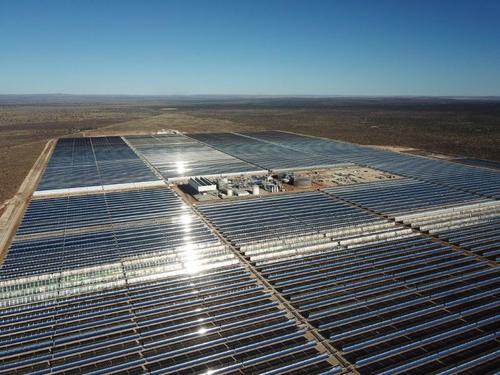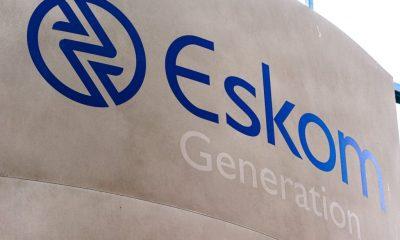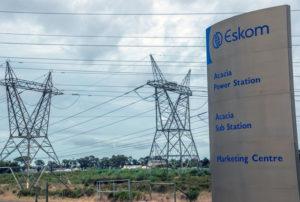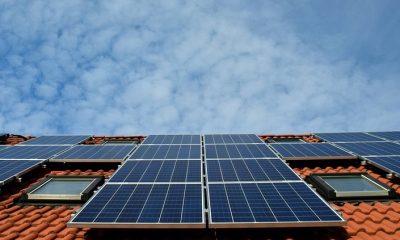411
South Africa’s Renewable Energy Masterplan: A Bold Shift from Coal to Green Industry

South Africa has taken a major step in its energy transition with the release of its first-ever Renewable Energy Masterplan—an ambitious roadmap to create a thriving clean energy manufacturing industry while moving away from coal, which currently powers 85% of the nation’s electricity.
This new industrial strategy could reshape the country’s energy landscape, create 25,000 direct jobs, and attract at least R15 billion in investment by 2030. But it will need strong coordination, investment, and urgent action to succeed.
What Is the South African Renewable Energy Masterplan?
The South African Renewable Energy Masterplan (SAREM) is an industrial policy designed to build local manufacturing capacity for renewable technologies. This includes the production and assembly of:
-
Solar photovoltaic (PV) panels
-
Wind turbines
-
Battery storage systems
The plan supports South Africa’s target of adding 3–5 gigawatts of renewable energy capacity per year until 2030. This scale provides the kind of certainty that can encourage long-term investment in local manufacturing hubs, especially in special economic zones (SEZs).
While Eskom has not officially guaranteed annual procurement, the government’s Integrated Resource Plan (IRP) indicates sustained demand for renewable power. This projected demand is crucial for manufacturers and skills trainers to commit resources now.
Why Local Manufacturing Matters
In 2023 alone, South Africa spent over R17.5 billion on solar panels and batteries from abroad. Yet the country sits atop some of the world’s most critical minerals—manganese, vanadium, and platinum—all vital to clean energy systems.
Local production already exists to a limited extent. South Africa manufactures solar panels, steel towers for wind turbines, and electrical components. Expanding these industries could help reduce imports, boost exports, and create high-quality green jobs—especially for youth and semi-skilled workers.
What the Plan Aims to Achieve by 2030
The masterplan has four key pillars for its 2030 vision:
-
Fast-Track Renewable Energy Procurement:
Ensure consistent demand through stable government energy planning and grid expansion. -
Build Manufacturing Capacity:
Support local production of components like wind turbine towers, solar mounting systems, and long-duration batteries. -
Inclusive Development:
Back Black-owned businesses, small enterprises, and coal-affected communities to ensure a Just Transition. -
Skills and Training:
Modernise education and training in collaboration with government and industry, focusing on solar, wind, battery storage, and green hydrogen.
What’s Holding the Plan Back?
South Africa has had bold localisation plans before, especially in automotive and energy sectors. Many failed due to slow implementation and poor coordination across government departments.
Some of the major current obstacles include:
-
A weak electricity grid that lacks the capacity for new renewable projects. Eskom needs over $21 billion to expand the grid.
-
Lack of procurement certainty, making it hard for manufacturers to justify investments.
-
A shortage of skilled technicians, engineers, and electricians to meet growing industry demands.
What Needs to Happen Next
For the masterplan to succeed, the government must:
-
Publish clear, enforceable localisation targets in procurement rules.
-
Align the Integrated Resource Plan more closely with the masterplan’s renewable goals.
-
Unlock grid investment with the help of public and private financiers.
-
Streamline environmental and land-use approvals to reduce red tape for investors.
-
Scale up training programmes in schools, colleges, and workplaces.
A Turning Point for South Africa’s Energy Future
This masterplan isn’t about fixing power cuts overnight—but it does chart a clear course for building a resilient, green, and inclusive energy economy. With the right political will, coordinated governance, and smart investment, South Africa can become a leader in renewable energy manufacturing—not just for its own needs, but for the continent.
The road will be long, but the opportunity is here.
{Source: EB News Daily}
Follow Joburg ETC on Facebook, Twitter , TikTok and Instagram
For more News in Johannesburg, visit joburgetc.com



























